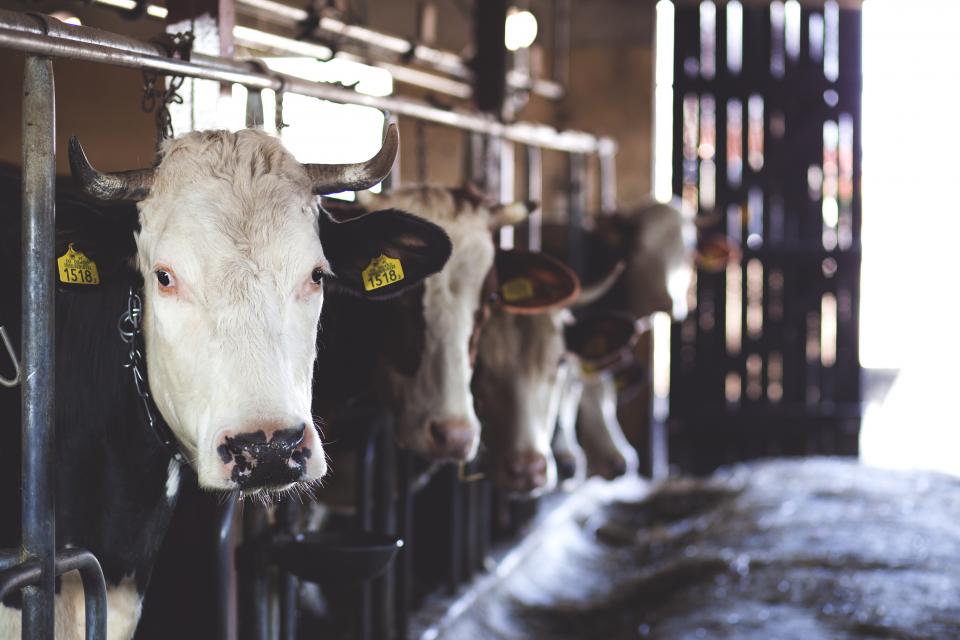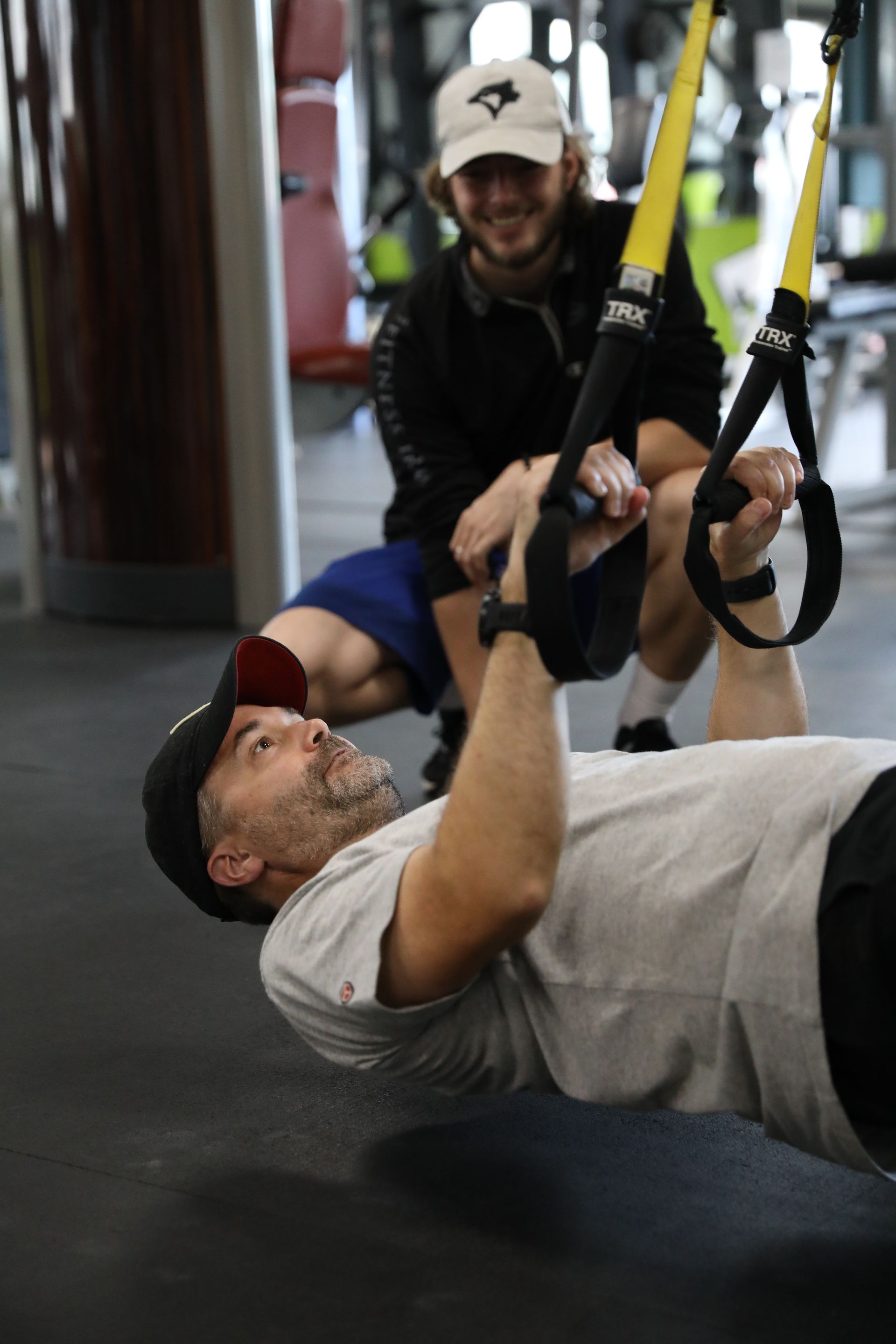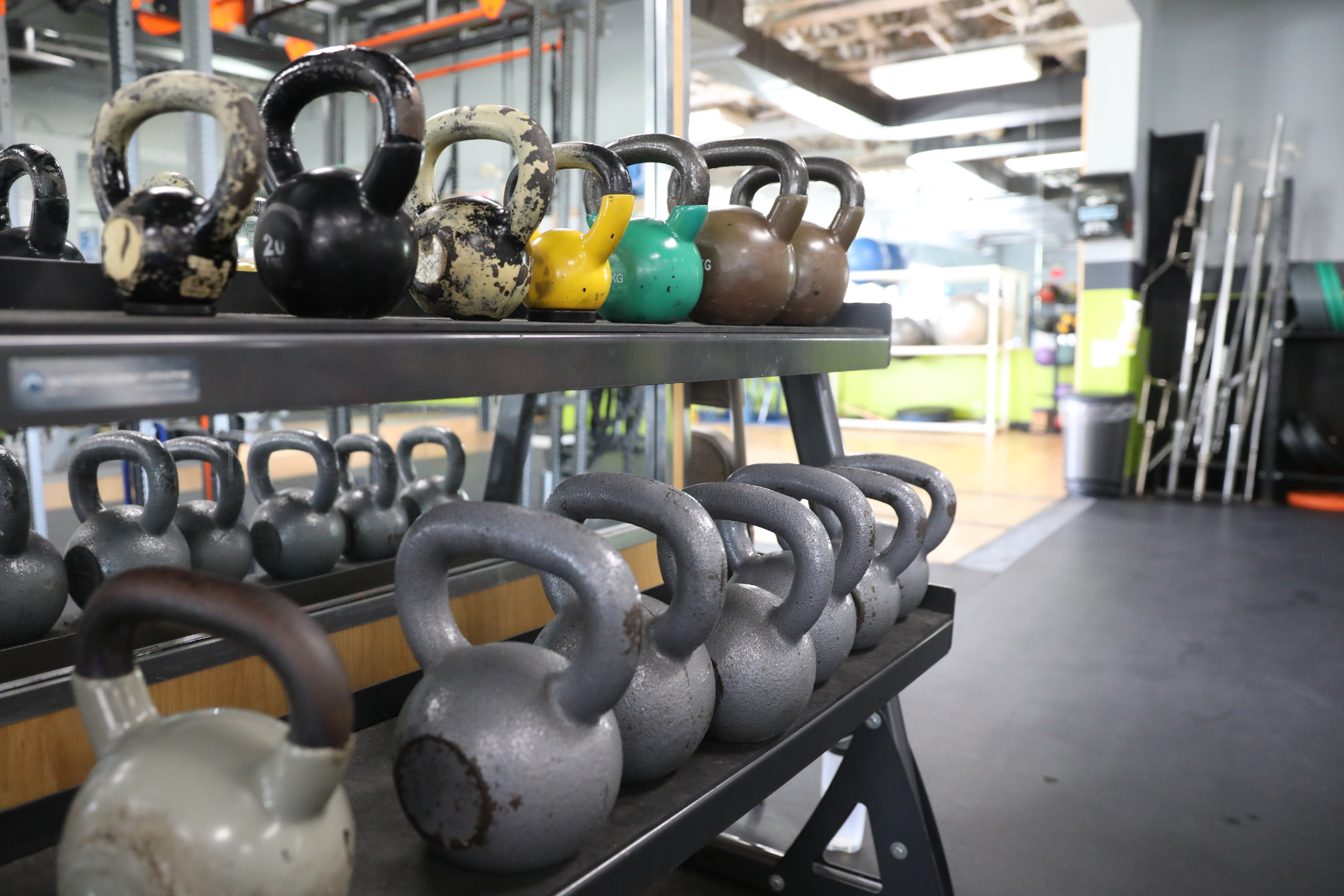By Kerri Sherk
•
06 Apr, 2021
The basic rules of nutrition - variety, balance and moderation - do stand the test of time when it comes to good choices. But lately, the conscientious consumer now considers WHERE their food comes from and how it has been raised. My rule of thumb: choose REAL and WHOLESOME foods as close to the farm as possible. Easy right? It is: if you make it a priority and you have a little extra time to prepare your food to avoid purchasing out of convenience. When we take a look at how food production has changed over time, it is apparent how our diets have changed along with it. A growing population over the last 100 years, almost quadrupled to be precise, has created a demand for a more convenient and less labour-intensive method of producing our food. We have seen farms transition from small- and medium-sized to massive industrial-sized farms, operating with the goal to produce, maintain, and slaughter animals as efficiently and inexpensively as possible. Agricultural farms can attest to many reasons for their ability to produce more grain on fewer acres with fewer nutrient inputs. And since the end of World War 2, we have seen a dramatic rise in a different kind of processing, wherein refined sugars, additives, preservatives, and a whole whack of unpronounceable ingredients hit our diets. Despite these changes, with keen interest, a little homework, and of course the most precious commodity, time, it is possible to purchase and provide your family with ethically raised, organic, and nutritious food. Based on the available evidence, and deep-seated from my own experience and perspective, the following is the first of a 4 part series that explores the many different avenues we have in choosing healthy, sustainable food. The proverbial saying “ you are what you eat ” is repeatedly proven to be true. If you fill your diet with healthy and nutritious food, you will likely be rewarded with many health benefits. However, the saying also can be applied to our food’s food . Having a keen interest in preparing food for my family, it goes without saying that where my food comes from is essential. This would be the case for eggs, poultry, beef and pork, fish, oils, vegetables and fruit, and legumes/ grains/ snack foods. The egg has been coined the perfect food. First off, let’s get things straight regarding what’s in the grocery store when buying eggs. According to an article compiled by Sunny Brower, Jillian Dorsey, Kate Malvetti and Julie M. Fagan, Ph.D., the five main options people have when purchasing eggs are conventional, cage-free, free-range, organic and pasture-raised. Conventional eggs : The eggs purchased at supermarkets that do not have labels or have supermarket store brands are known as conventional eggs. Conventional hens beaks are clipped, which is done so hens won’t peck at themselves or other hens and hurt themselves, rendering antibiotic treatment, and are treated extremely poorly. The average battery cage allows the hen less than half a square foot, which equates to about 67-76 square inches, which is nearly 25 square inches smaller than a legal size piece of paper (Humane Society, 2013). Laying hens spend about 95 percent of their lives in these cages, which restricts the hen from spreading its wings and most other natural movements. These conventional hens are housed in these battery cages inside windowless warehouses with some containing as many as 100,000 caged chickens at a time. The conventionally farmed birds never see sunlight and are fed a diet of corn waste and chemicals, with a sub-therapeutic level of antibiotics present in the chicken feed. Over 90% of Canada’s laying hens are kept in cages (BC/SPCA Dec. 2017). Conventional eggs run about $3.50 a dozen . A “cage-free” or “free-run” egg: When you purchase cage-free/ free-run eggs, you know that the hens are not kept confined in cages and can engage in many of their natural behaviours like walking, laying eggs, and opening their wings. However, beak cutting is permitted in this case, and it doesn’t mean the birds are free to go outside. Free-run hens may wander inside the barn but there are no set guidelines for them to go outside. In addition, roaming inside the barn may be crowded. For cage-free eggs, there is no third-party auditing system to ensure that these standards are upheld; producers go by the honour system. Farmers are under pressure to shift this type of housing, as more companies promise to provide eggs from hens that don’t live in cages. Free-run eggs are approximately $5.99 per dozen . A “free-range” egg: Free-range eggs are defined by the hen having access to the outdoors. This does not mean the outdoor space is large enough for the hens, or that the hens ever went outside, especially in the winter months in Canada. Most free-range hens are housed inside barns without cages. During a free-range hen’s life, it has outdoor access, but no requirements or standards have been put into place to enforce any length of time outdoors or the quality of the land to which the bird has access. Since they are not caged, they can engage in many natural behaviours such as nesting and foraging. Free-range eggs are between $6 - $6.50 per dozen . For both “free run” and “free-range” birds, no restrictions have been put into place for what they can be fed. Both types of birds appear on their product packaging to be the better options, but their diets are not government regulated. Both types of hens are also subjected to beak cutting. As such, a sub-therapeutic level of antibiotics and other regulated additives would still be present in the chicken feed. Organic eggs: Eggs from organically raised chickens are considered free-range and are allowed outside when the weather is nice, but are kept indoors or under shelter when the weather isn’t favourable. If a farm attains an organic certification, an auditor will visit the farm usually once a year to ensure all standards are being followed. The hens are also antibiotic-free and raised on organic feed. Keep in mind that most organic eggs are still mass-produced and whether the chicken goes outside to eat is up to the discretion of the farmer. For example, Kirkland organic eggs come from hens fed organic feed but are raised in a factory farm environment with literally thousands of birds who may or may not go outside. There are exceptions to this, however, as smaller family-run organic farms typically produce eggs from 200-500 hens that do get outside to roam free. Organic eggs are around $6.49 per dozen in most grocery stores. Family-run organic farm eggs will cost a bit more. Pasture-raised eggs: Pasture-raised hens and organically-raised hens are not the same. Organic hens are fed organic, pesticide-free feed, but in most cases are raised in factory conditions. Pastured hens are not fed organic feed but get to go outside and eat as a natural chicken would. In general, pasture-raised chickens are smaller flocks of poultry in portable hen houses where the farmers rotate in fresh pasture, often-times daily. These chickens are free to eat plants and insects, which is their natural food, along with some commercial feed. Research has shown that hens that have access to the outdoors and who eat insects and plants produce eggs that have significantly higher levels of omega 3 fatty acids, vitamin D and E, and protein; four very important nutrients!! Pasture-raised eggs sell for approximately $7.50 per dozen at Mary Lous’s Market and Goodness Me, or if you’re fortunate enough, you can find pasture-raised eggs from a small farm from around your neighbourhood. Do more expensive eggs (free-range, organic, and pastured) offer a more nutritious egg? A marketplace special on CBC had experts do experiments to compare the nutrient profile in eggs of many large-scale egg companies. They reported that there were no notable differences in vitamins A, D, and E, cholesterol, and protein between organic and conventional eggs. They did, however, report that organic eggs do have double the amount of omega 3’s than conventional eggs. And additionally that pasture-raised hens and small family-run organic farmed eggs do offer a higher nutrient profile, justifying their increased cost. Besides nutrition, conscientious consumers are prepared to pay more for their eggs knowing the chicken feed is pesticide- and GMO-free and that the farmers support the humane treatment of animals. Key nutrients found in eggs: Eggs are a very good source of protein as the ratio of amino acids in an egg are at ideal levels for the human body’s protein digestion, assimilation, and metabolism. Eggs with a higher content of omega-3's come from hens that are pastured and organically fed. Regular brands will usually advertise omega-3 on their labels (which means the content is a little higher but not by much). The amount of omega-3 varies amongst brands. While these eggs may be higher in omega-3 than a conventional egg, do not rely on eggs to be your main source of this fatty acid. Omega-3-enriched or organic eggs have approximately 0.125 g of omega-3 per egg . The recommended adult intake of omega-3’s is 1.1 - 1.6 g per day . Optimal sources of omega-3’s are fatty fishes; a 3 oz portion of salmon, herring, or mackerel, containing more than 1.5 g of omega-3. Getting additional omega-3’s from your eggs is considered a BONUS ! (seafoodhealthfacts.org; scientificamerican.com) Vitamin D is found in egg yolk in a fairly small quantity: 37 IU (international units) per egg. The Canadian recommended adult vitamin D intake is 600 - 1000 IU per day with a safe upper limit of 4000 IU, and if you don’t get much sunlight, aim for upwards of 2000 IU daily . Vitamin D content in eggs is dependent on the hens exposure to sun (the more the better) so we can assume then that hens who roam outside get more sun and thus produce eggs with more vitamin D. The hens feed also dictates the amount of Vitamin D an egg will contain. At the end of the day , your choice will be determined by availability of the product, convenience for you to purchase it, the price, and your level of interest in treatment of the animal. Apart from pastured eggs from hens on small farms, there does not seem to be a whole lot of difference in nutrients between organic and conventional eggs, however organic eggs do not contain pesticides/ GMO's or antibiotics. If you eat a lot of eggs, It is worth exploring your egg farmers to find out what your hens are eating and how they live. I can’t help but applaud and support the farmers that make a living producing eggs with a higher nutrient profile from hens who are free to roam their natural environment. There is a reason these eggs are $3-4.50 more per dozen, and to me, it's worth the difference .










